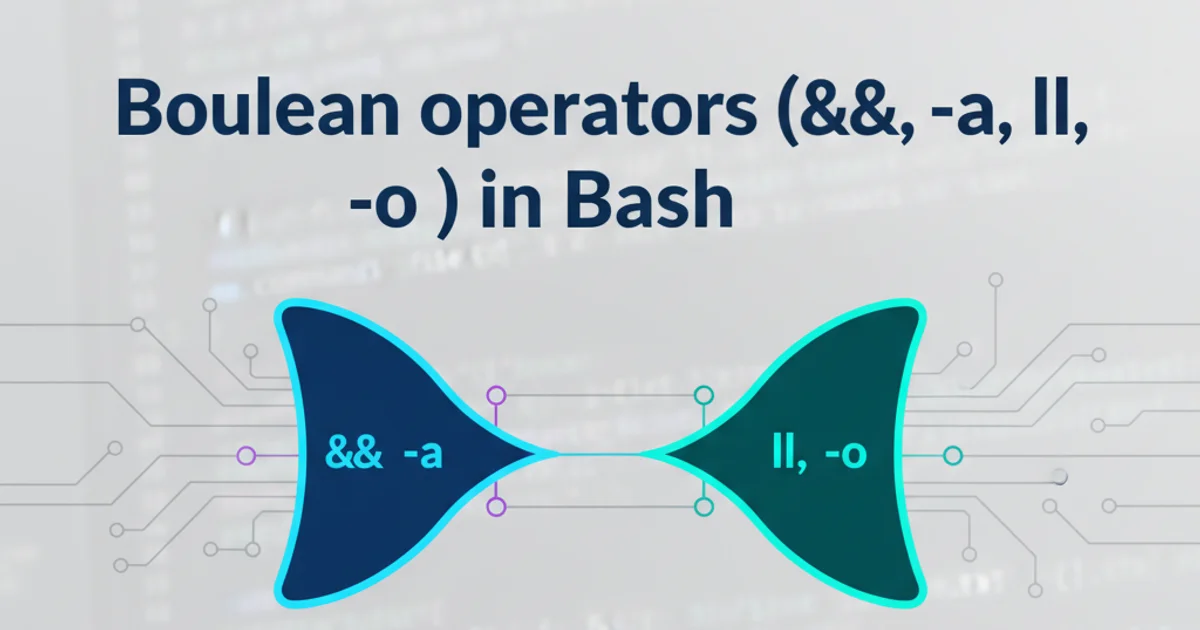In SNMP MIB, what is the difference between "MODULE-IDENTITY" and "OBJECT IDENTIFIER"?
Categories:
SNMP MIB: MODULE-IDENTITY vs. OBJECT IDENTIFIER - Understanding the Core Differences

Explore the fundamental distinctions between MODULE-IDENTITY and OBJECT IDENTIFIER in SNMP MIBs, crucial for network management system (NMS) development and MIB comprehension.
In the world of Simple Network Management Protocol (SNMP), Management Information Bases (MIBs) are essential for defining the structure of management data and operations. When working with MIBs, two terms often cause confusion: MODULE-IDENTITY and OBJECT IDENTIFIER. While both are related to identifying MIB components, they serve distinct purposes. This article will clarify their roles, illustrate their usage, and help you understand how they contribute to a well-structured MIB.
What is MODULE-IDENTITY?
MODULE-IDENTITY is a macro used in SMIv2 (Structure of Management Information version 2) to uniquely identify and describe an entire MIB module. Think of it as the metadata for the MIB file itself. It provides crucial information about the module, such as its name, a textual description, revision history, and contact information. Every well-formed SMIv2 MIB module must include a MODULE-IDENTITY definition.
EXAMPLE-MIB DEFINITIONS ::= BEGIN
IMPORTS
MODULE-IDENTITY,
OBJECT-TYPE,
mib-2
FROM SNMPv2-SMI;
exampleMIB MODULE-IDENTITY
LAST-UPDATED "202310270000Z" -- October 27, 2023
ORGANIZATION "Example Organization"
CONTACT-INFO
"Name: John Doe
Email: john.doe@example.com"
DESCRIPTION
"The MIB module for managing example devices."
REVISION "202310270000Z"
DESCRIPTION
"Initial version of the example MIB."
::= { mib-2 999 }
-- Further MIB objects would be defined here
END
Example of a MODULE-IDENTITY definition in a MIB file.
flowchart TD
A[MIB Module File] --> B["Contains MODULE-IDENTITY"]
B --> C["Provides Metadata (Name, Description, Revision)"]
C --> D["Assigns Unique OID to the Module"]
D --> E["Serves as Root for Module's Objects"]
E --> F[NMS Uses OID to Identify MIB]The role of MODULE-IDENTITY in a MIB module.
What is OBJECT IDENTIFIER?
An OBJECT IDENTIFIER (OID) is a globally unique address used to name any object or node in the MIB tree. It's a sequence of numbers separated by dots (e.g., 1.3.6.1.2.1.1.1). OIDs form a hierarchical tree structure, where each number represents a node in the tree. Every managed object, every MIB module, and even parts of the MIB structure itself are assigned a unique OID. OBJECT IDENTIFIER is a fundamental data type in ASN.1 (Abstract Syntax Notation One), which SMI uses.
iso OBJECT IDENTIFIER ::= { 1 }
org OBJECT IDENTIFIER ::= { iso 3 }
dod OBJECT IDENTIFIER ::= { org 6 }
internet OBJECT IDENTIFIER ::= { dod 1 }
mgmt OBJECT IDENTIFIER ::= { internet 2 }
mib-2 OBJECT IDENTIFIER ::= { mgmt 1 }
system OBJECT IDENTIFIER ::= { mib-2 1 }
sysDescr OBJECT-TYPE
SYNTAX DisplayString (SIZE (0..255))
MAX-ACCESS read-only
STATUS current
DESCRIPTION
"A textual description of the entity."
::= { system 1 }
Examples of OBJECT IDENTIFIER assignments and usage for a managed object.
graph TD
root["Root (Implicit)"]
root --> iso["iso (1)"]
iso --> org["org (3)"]
org --> dod["dod (6)"]
dod --> internet["internet (1)"]
internet --> private["private (4)"]
internet --> mgmt["mgmt (2)"]
mgmt --> mib2["mib-2 (1)"]
mib2 --> system["system (1)"]
system --> sysDescr["sysDescr (1)"]
mib2 --> interfaces["interfaces (2)"]
mib2 --> transmission["transmission (10)"]
subTree["Your MIB Module (e.g., { mib-2 999 })"]
mib2 --> subTreeSimplified SNMP OID tree structure showing hierarchical relationships.
Key Differences and Relationship
The core difference lies in their scope and purpose. MODULE-IDENTITY defines a MIB module and assigns an OBJECT IDENTIFIER to it. This assigned OID then serves as the root for all objects defined within that specific MIB module. OBJECT IDENTIFIER, on the other hand, is a general mechanism for naming any node in the global MIB tree, whether it's a module, a group of objects, or an individual managed object (like sysDescr).
In essence, MODULE-IDENTITY uses an OBJECT IDENTIFIER to establish the unique location of a MIB module within the larger SNMP OID hierarchy. All subsequent objects defined within that module will have OIDs that are children of the module's MODULE-IDENTITY OID.
MODULE-IDENTITY and assign it a unique OID. This OID then becomes the base for all the specific managed objects you define within that MIB module, ensuring a consistent and hierarchical structure.Practical Implications for NMS and MIB Developers
For Network Management System (NMS) developers, understanding this distinction is vital. When an NMS loads a MIB, it uses the MODULE-IDENTITY to identify the MIB module itself and its place in the OID tree. This allows the NMS to correctly parse and interpret the OIDs of the managed objects defined within that module.
For MIB developers, correctly defining MODULE-IDENTITY is crucial for the interoperability and discoverability of their MIBs. A poorly defined or missing MODULE-IDENTITY can lead to issues where NMS tools cannot properly load or utilize the MIB, making the managed devices difficult to monitor or control.
sequenceDiagram
participant MIB_Dev as MIB Developer
participant MIB_File as MIB File
participant NMS as Network Management System
MIB_Dev->MIB_File: Defines MODULE-IDENTITY
MIB_File->MIB_File: Assigns unique OBJECT IDENTIFIER to module
MIB_Dev->MIB_File: Defines OBJECT-TYPEs within module
MIB_File->MIB_File: Assigns OBJECT IDENTIFIERs to OBJECT-TYPEs (children of module OID)
NMS->MIB_File: Loads MIB File
NMS->NMS: Reads MODULE-IDENTITY
NMS->NMS: Registers Module's OBJECT IDENTIFIER
NMS->NMS: Parses OBJECT-TYPEs and their OBJECT IDENTIFIERs
NMS->NMS: Builds internal OID tree representation
NMS->Device: Queries OBJECT IDENTIFIER (e.g., sysDescr)
Device-->NMS: Returns value for OBJECT IDENTIFIERSequence diagram illustrating the interaction between MIB development, MIB files, and an NMS.